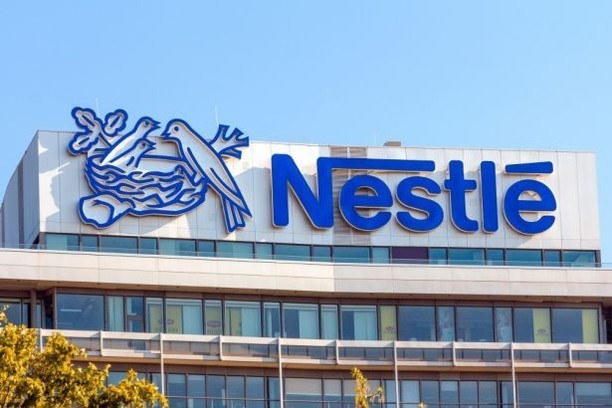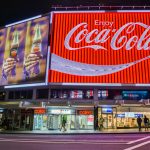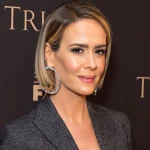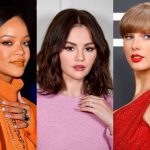How Did Nestlé Become a Global Food Empire?
Nestlé is the world’s largest food and beverage company, with more than 2,000 brands sold across 180 countries. From instant coffee to luxury chocolates, from pet food to plant-based innovations, the company’s reach is almost unmatched. But its rise was not overnight. Nestlé’s story is one of innovation, bold acquisitions, and an ability to reinvent itself in line with consumer trends — while also facing its fair share of controversy.
The Origins of Nestlé: Nutrition and Necessity
The journey began in 1867 when Henri Nestlé, a German-Swiss pharmacist, developed Farine Lactée, a powdered infant formula designed to reduce malnutrition and infant mortality. His breakthrough quickly gained traction across Europe, and the product laid the foundation for what would become a global nutrition powerhouse.
Growth Through Mergers and World Wars
Nestlé’s first major transformation came in 1905, when it merged with the Anglo-Swiss Condensed Milk Company. This merger gave Nestlé the scale and resources to expand internationally.
By World War I, Nestlé was supplying condensed milk and other products to soldiers. The war effort created massive demand and boosted global recognition of the brand. After the war, Nestlé diversified into chocolate — a move that would prove to be one of its most lucrative expansions.
Timeline of Nestlé’s Success
-
1867 – Henri Nestlé creates Farine Lactée, revolutionizing infant nutrition.
-
1905 – Merger with Anglo-Swiss Condensed Milk Company forms the modern Nestlé.
-
1938 – Launch of Nescafé, one of the world’s first instant coffees.
-
1947 – Merger with Maggi, expanding into culinary products.
-
1960s–70s – Acquisitions in frozen foods (Findus), mineral water (Perrier), and pet food (Friskies).
-
1984 – Acquisition of Carnation strengthens Nestlé’s U.S. presence.
-
2001 – Ralston Purina acquisition positions Nestlé as a leader in pet care.
-
2012 – Acquisition of Pfizer Nutrition strengthens infant formula portfolio.
-
2018–present – Strategic pivot into plant-based foods, health science, and sustainability.
The Power of Brands
Nestlé’s real dominance lies in its brand portfolio. From household staples like KitKat, Nescafé, and Maggi to premium offerings like Perrier and a rapidly growing pet care division, Nestlé products span every corner of consumer life. Its ability to blend everyday essentials with aspirational brands has been key to its global influence.
At its peak, Nescafé alone was consumed at a rate of 5,500 cups per second worldwide — a testament to how deep Nestlé’s reach has become.
Innovation, Sustainability, and Controversy
Nestlé has always thrived on innovation — from pioneering instant coffee in the 1930s to investing in plant-based meat alternatives today. However, its journey hasn’t been without criticism.
The company has faced scrutiny over infant formula marketing, water rights, and environmental impact. In response, Nestlé has pledged to make 100% of its packaging recyclable or reusable by 2025 and achieve net-zero carbon emissions by 2050. Whether these goals will be met is still debated, but they show the company’s awareness of shifting consumer and regulatory demands.
Leadership and Reinvention
Nestlé’s growth has also been guided by strong — and sometimes controversial — leadership. Recent headlines, such as the departure of long-serving executive Laurent Freixe amid personal scandal, have highlighted the pressures facing modern CEOs. His successor, Philipp Navratil, now faces the challenge of steering Nestlé through an era defined by sustainability, digital transformation, and consumer health trends.
This leadership shift underscores a broader truth: even in a 150-year-old company, reinvention starts at the top.
Conclusion
From a modest infant formula in Switzerland to a food giant with billions in revenue, Nestlé’s story is a masterclass in scale, brand management, and global strategy. Its legacy demonstrates that success comes not only from innovation and acquisitions but also from responding — sometimes painfully — to consumer expectations and global scrutiny.
For businesses, Nestlé offers two clear lessons: build products that adapt to human needs, and never underestimate the power of reinvention.
Related: How Lloyd Blankfein Proved CEOs Don’t Need Business Degrees














